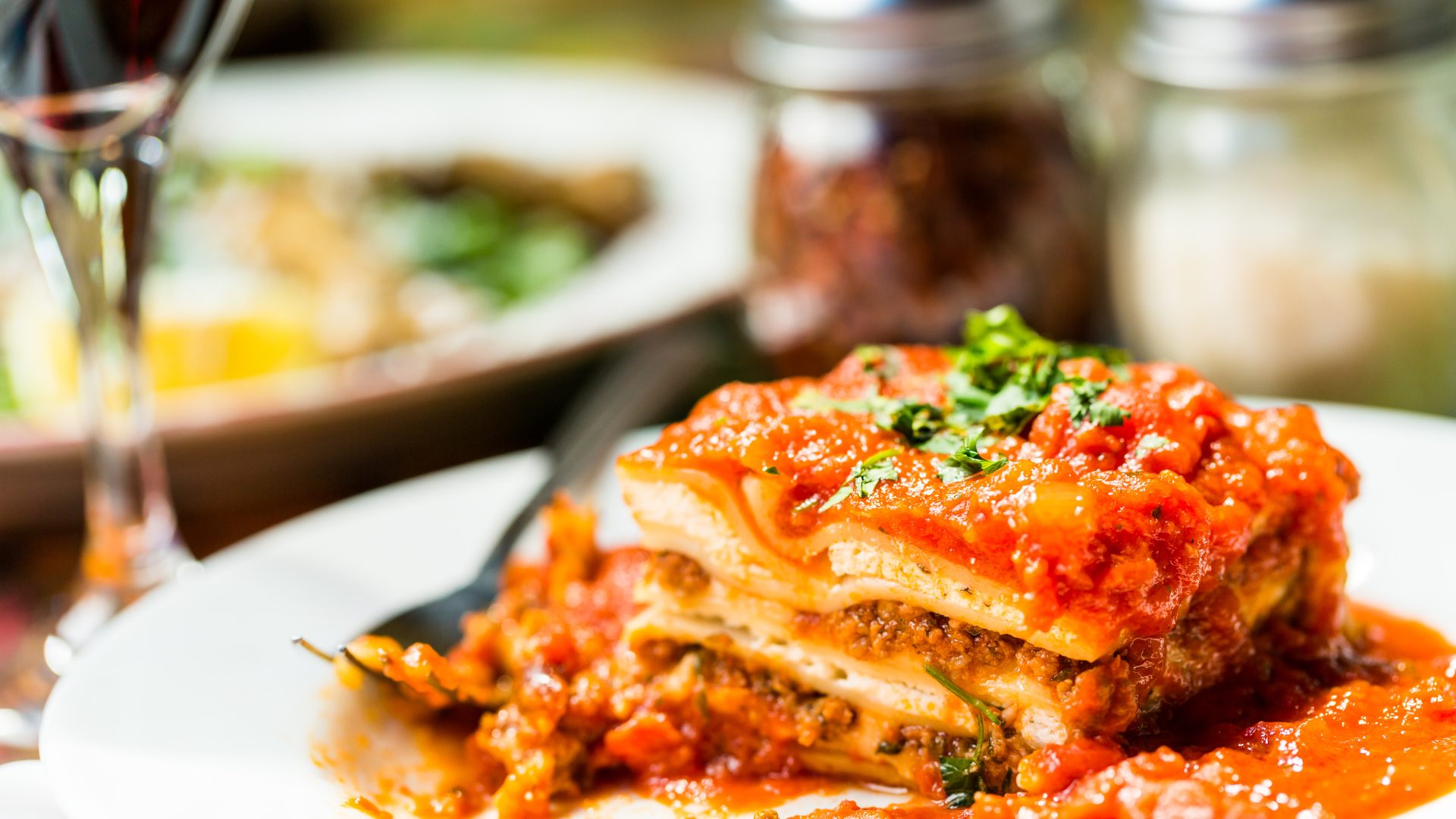The Federal Reserve raised its median forecast for inflation this year, projecting consumer prices will rise 3.4% in the fourth quarter compared to a year prior.
Since the pandemic began, grocery bills have gone up 8%-9% and, relative to 2019, the average consumer can expect to pay 10% or more for food this year. This could mean paying an extra $6,000.
CFOs of food companies are using various strategies to curb the impact of inflation on their businesses, as noted by The Wall Street Journal (July 9).
FORECASTING AND PLANNING
Some companies are using an inflation forecast to get a better understanding of how costs might develop in the months ahead. This allows them to prepare and take actions if needed to offset increases.
J.M. Smucker Co., for example, expects higher inflation rates for this year and the beginning of next, according to finance chief Tucker Marshall. The company is increasing consumer prices across the product portfolio while also looking for productivity savings.
RAISING PRICES
Other companies, such as General Mills, have also announced price increases for some or all of their products in recent months. However, executives must make sure the changes are in line with what competitors are doing to avoid losing customers.
Additionally, companies must determine whether the new price covers expected cost increases in the coming quarters.
STREAMLINING
CFOs are also making operations more efficient by cutting or reallocating certain spending, often in combination with other steps.
“The traditional way of combating inflation is by controlling expenses,” said Hardik Sheth, a partner at Boston Consulting Group and leader of the consulting firm’s CFO excellence practice.
MAKING A SALES PUSH
Food businesses are increasing efforts to boost revenue to shield their bottom lines. More revenue can offset costs since they usually don’t rise as much as companies’ sales.
For example, restaurant chain Red Robin will likely consider new sales initiatives, cost-cutting measures, and more price increases if inflation persists, according to CFO Lynn Schweinfurth. Efforts would include loyalty programs and expanding partnerships with other businesses.
STRATEGIC PURCHASES
Some companies are trying to limit their inflation exposure by making strategic purchases of goods or raw materials when the price is low.
McCormick is one example of a company that looks to buy when the price is right. The strategy helps it secure supply and moderate product cost cycles, according to CFO Mike Smith.
DOLLAR TREE’S STRATEGIES
Dollar Tree is still selling everything for $1, despite lurking inflation. How? The majority of its products are store brands, which gives it flexibility in an inflationary environment, reported The Wall Street Journal (July 11). Just 37% of products are from national brands.
When large consumer-goods companies raise prices, the chain can replace those items with a new assortment, according to CEO Michael Witynski.
In 2020, the retailer also implemented new cost-saving measures such as shipping $1 gift bags, a big seller, in boxes of 72, up from 24 ,to save on shipping costs.












